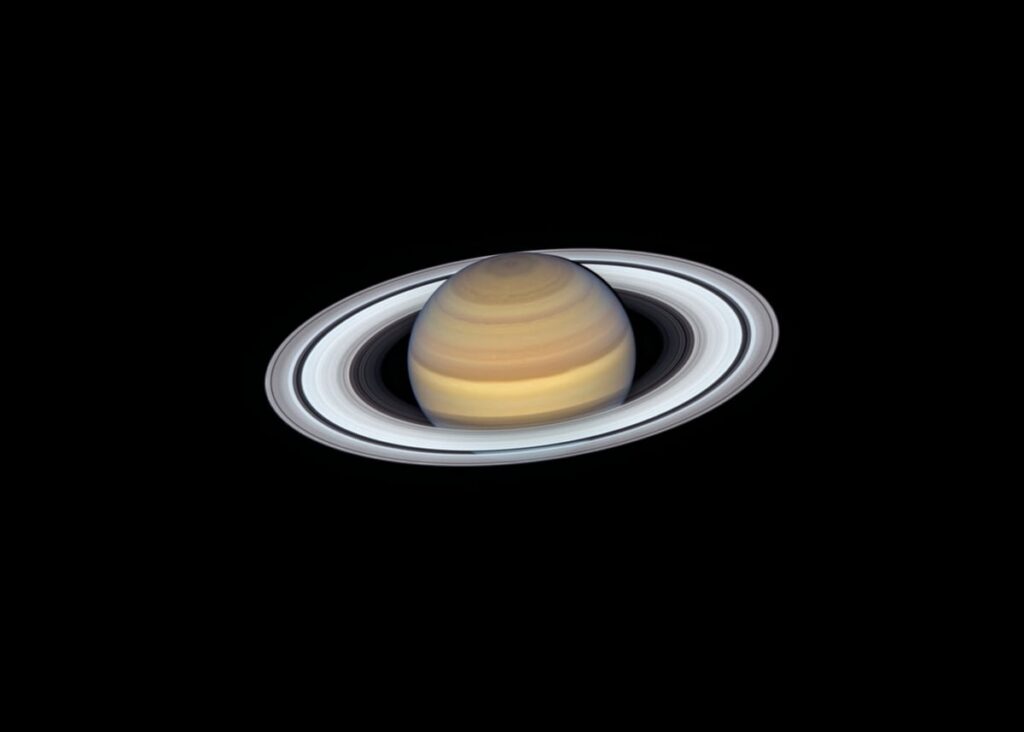How Long Does It Take to Get to Saturn?
Traveling to Saturn, the sixth planet from the Sun, has fascinated scientists and space enthusiasts for decades. Its stunning rings and numerous moons make it a prime target for exploration. However, the journey to this distant planet is not straightforward and can vary significantly based on several factors. This article will delve into the specifics of how long it takes to get to Saturn, the factors influencing travel time, past missions, and future possibilities.
Understanding the Distance to Saturn
Saturn is located at an average distance of about 886 million miles (approximately 1.4 billion kilometers) from Earth. This distance can vary due to the elliptical orbits of the planets. At its closest approach, Saturn can be about 746 million miles (approximately 1.2 billion kilometers) away. To put this into perspective, if one could travel at the speed of light, it would take about 80 minutes to reach Saturn.
Key Factors Influencing Travel Time
Several factors determine how long it takes to travel to Saturn:
- Distance: The distance between Earth and Saturn varies based on their respective positions in their orbits around the Sun.
- Spacecraft Speed: The speed of the spacecraft is crucial. Different missions have achieved varying speeds, affecting travel time significantly.
- Trajectory and Orbital Mechanics: The route taken to reach Saturn is not a straight line. Spacecraft often utilize gravitational assists from other planets to increase speed and efficiency.
- Type of Mission: The objectives of the mission can also influence travel time. For example, missions designed for scientific research may take longer due to the need for careful navigation and data collection.
Average Travel Times to Saturn
- Historical Missions: The travel time for past missions to Saturn has varied. For example:
- Voyager 1: Launched in 1977, it took about 3 years and 2 months to reach Saturn.
- Cassini-Huygens: Launched in 1997, it took nearly 7 years to arrive at Saturn, using gravity assists from Venus and Jupiter to gain speed.
- Current Estimates: The average time it takes for a spacecraft to reach Saturn from Earth is approximately 2.5 years. However, this duration can vary based on the specific trajectory and propulsion technology used.
Speed and Travel Time Calculations
To understand how speed affects travel time, consider the following:
- Minimum Escape Velocity: The minimum speed required to break free from Earth’s gravitational pull is about 25,000 mph (approximately 40,000 km/h).
- Hypothetical Fast Speed: If a spacecraft could travel at a speed of 428,700 mph (approximately 690,000 km/h), it could reach Saturn in about 2.9 months. However, this speed is currently beyond our technological capabilities.
Table of Travel Times for Various Missions to Saturn
| Mission | Launch Date | Travel Time | Notes |
|---|---|---|---|
| Voyager 1 | September 5, 1977 | 3 years, 2 months | First spacecraft to reach Saturn. |
| Voyager 2 | August 20, 1977 | 3 years, 9 months | Conducted flybys of multiple planets. |
| Cassini-Huygens | October 15, 1997 | Nearly 7 years | Extensive study of Saturn and its moons. |
| New Horizons | January 19, 2006 | 2 years, 4 months | Passed Saturn on its way to Pluto. |
The Role of Gravitational Assists
Gravitational assists are techniques used to increase the speed of a spacecraft without expending additional fuel. By flying close to a planet, a spacecraft can gain momentum and change its trajectory. This method was crucial for missions like Cassini, which used gravity assists from Venus and Jupiter to reach Saturn more efficiently.
Future Possibilities for Travel to Saturn
As technology advances, the potential for faster travel to Saturn increases. Some possibilities include:
- Advanced Propulsion Systems: Research into ion propulsion, nuclear propulsion, and other advanced technologies could significantly reduce travel times.
- In-Orbit Refueling: Future missions might utilize in-orbit refueling to extend the range and capabilities of spacecraft, allowing for quicker journeys.
- Human Exploration: While current technology would likely require 8-12 years for a crewed mission to Saturn, advancements in space travel could shorten this duration.
Conclusion
Traveling to Saturn is a complex endeavor influenced by distance, speed, trajectory, and mission objectives. While current missions take several years to reach this distant planet, advancements in technology may pave the way for faster journeys in the future. Understanding the dynamics of space travel not only enhances our knowledge of Saturn but also prepares us for future exploration of the solar system.
Frequently Asked Questions
1. How long does it take to get to Saturn?
The average time it takes for a spacecraft to reach Saturn from Earth is approximately 2.5 years, but this can vary based on the spacecraft’s speed and trajectory.
2. What factors affect the duration of a mission to Saturn?
Factors include the spacecraft’s propulsion system, the alignment of planets, gravity-assist maneuvers, and the specific trajectory chosen for the mission.
3. How fast do spacecraft travel to Saturn?
Spacecraft speeds can vary widely. For example, Voyager 1 traveled at about 17 km/s (approximately 38,000 mph), while theoretical speeds could reach much higher with advanced technology.
4. How often do missions to Saturn occur?
Missions to Saturn are less frequent due to the distance and complexity involved. The most recent dedicated mission was Cassini, which ended in 2017.
5. What advancements could change the time it takes to get to Saturn?
Advancements in propulsion technology, such as ion engines or nuclear propulsion, could significantly reduce travel times, as could innovations in spacecraft design.
Additional Resources
For more information on space travel and Saturn, you can refer to the following link:
- Wikipedia – Saturn
This comprehensive overview provides insight into the complexities of traveling to Saturn, highlighting the challenges and advancements in space exploration. As technology progresses, the dream of reaching this magnificent planet may become a reality sooner than we think.



